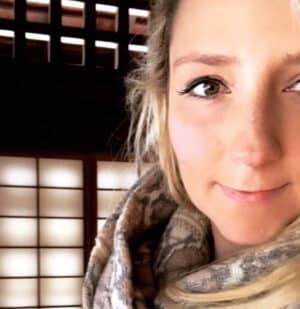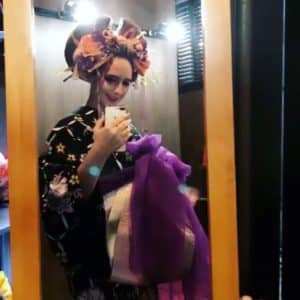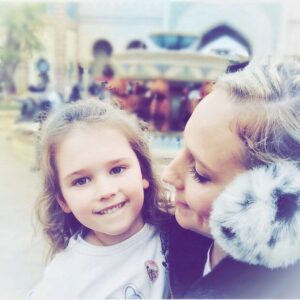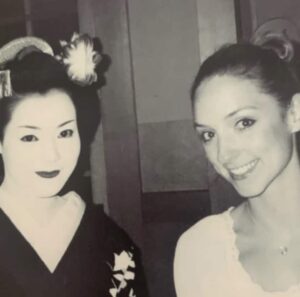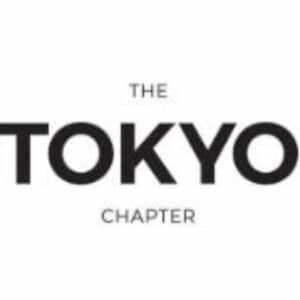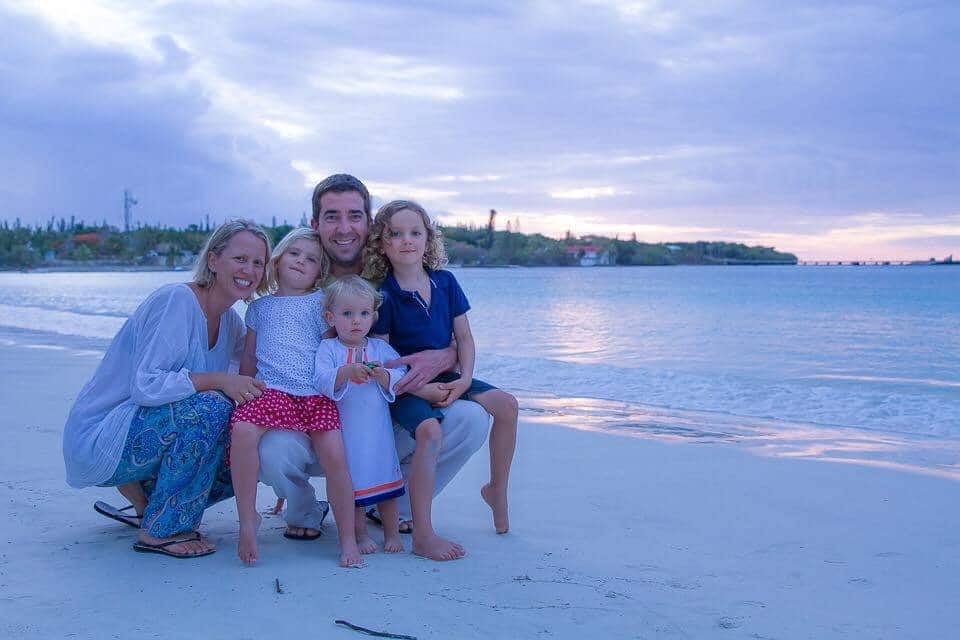
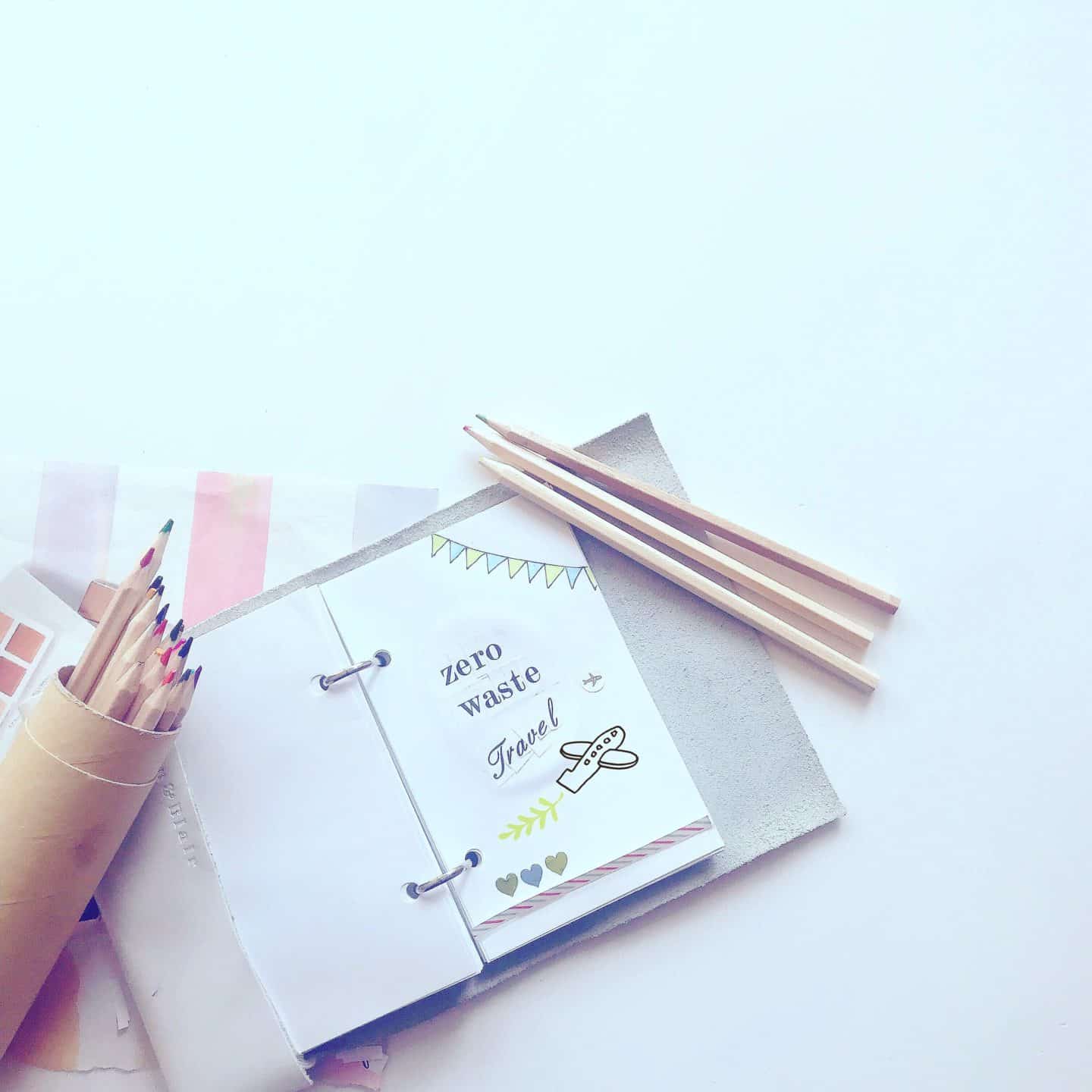
Written by Guest Blogger Lin de Leeuwerk
When I suggested to Jo that, as a spin-off if her blog on zero waste living, she could write about zero waste traveling, she asked me if I would be interested in writing it myself.
So here I am, sitting at a desk in beautiful Italy, with a head exploding with ideas to share with you hopefully in time for your summer travels.
Of course you may already know some or most of the tips I’m giving, but I hope there will be some a-ha moments too.
I’ll be honest – it is really hard to be zero waste, even more so on holiday and especially with kids. There is always the delicate balance between convenience & doing what is best for our planet, between kids’ demands, time limits and what is available to you at the time. Hopefully I can show you a few easy things you can implement that you hadn’t thought of before, which I’ll describe following the different aspects of the trip I’m currently on; our annual summer trip to Europe.
Preparation
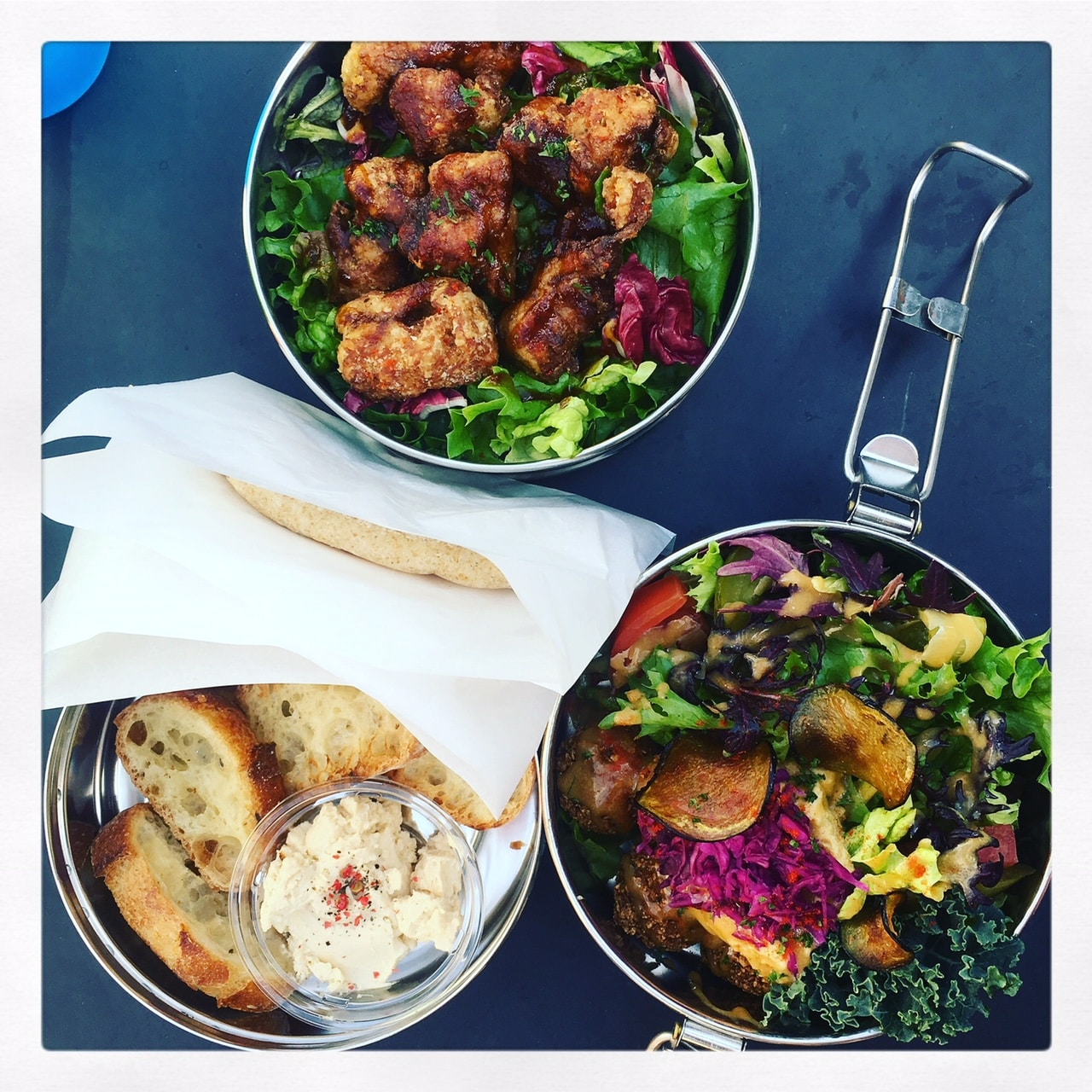
We also offset out CO2 when booking the tickets (I’m not sure if all airlines do this, but ours offers the option.)
Before we go, I always prepare everyone’s hand luggage.
The kids (aged 2, 4 and 6) carry their own little backpack with a water bottle, hand towel and snacks in stackable containers (I still use the Avent cups meant for expressed milk, 6 yrs later!)
I buy snacks in large quantities, to avoid individual packaging, for example raisins or nuts per kilogram.
In my own bag, I carry coffee tumblers and a pouch with chopsticks, stainless steel straws and spoons as well as more snacks like homemade date balls or banana cake, lots of veggie sticks and cut fruit (my kids are notorious for not wanting to eat airplane food). Yes, I do feel like Mary Poppins and her bag of tricks, but to be honest with kids it’s impossible to travel light anyway!
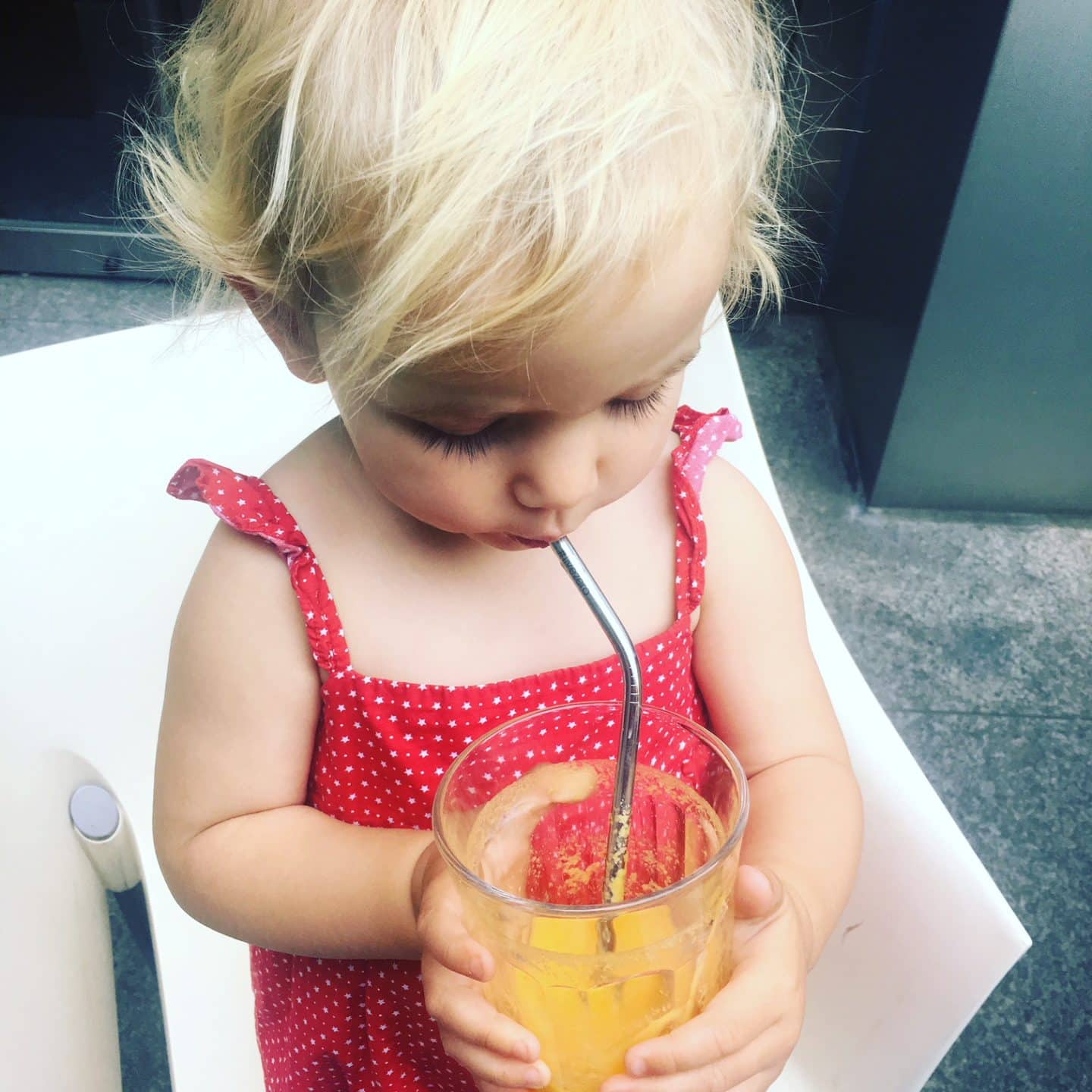
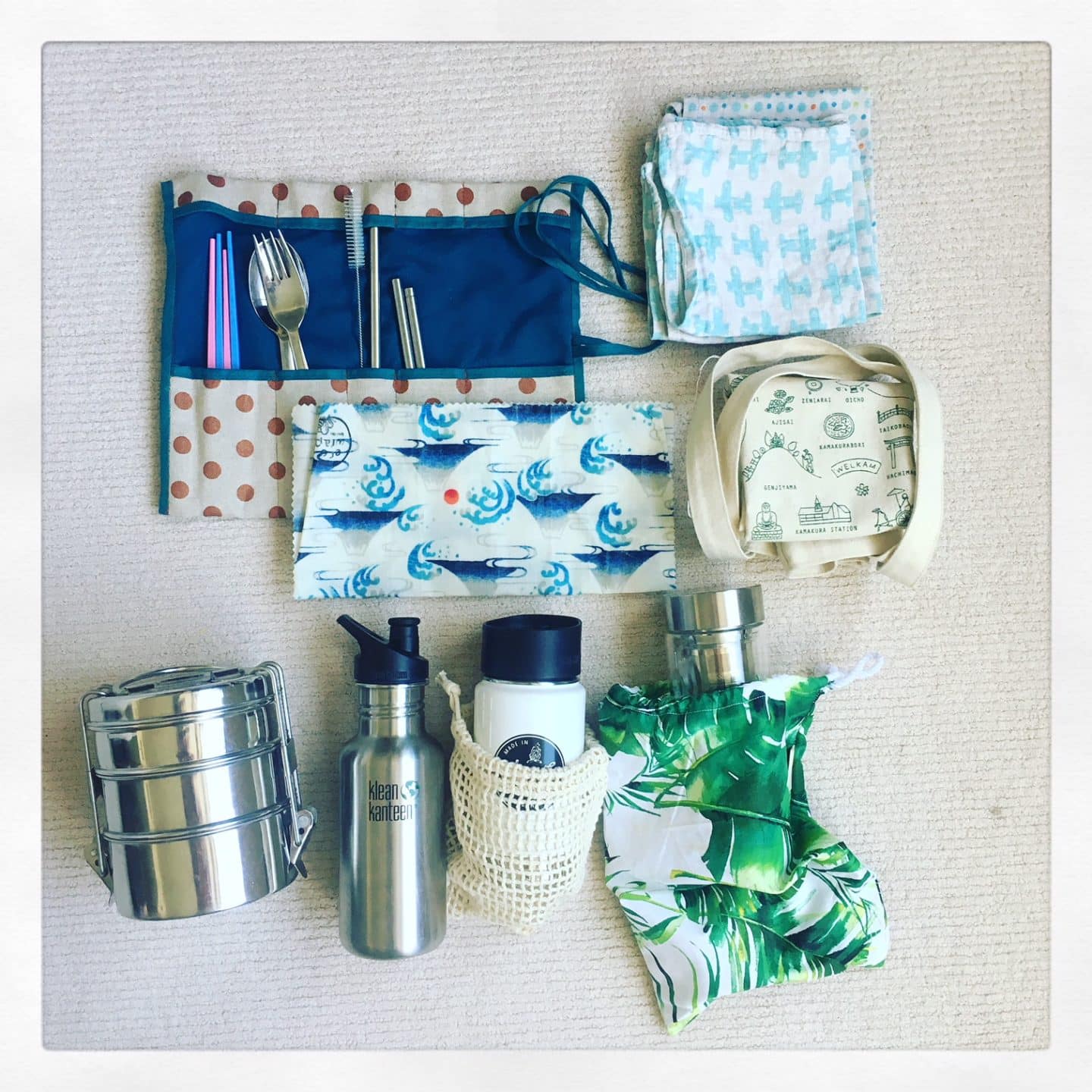
With checked bagage, I make sure all the suitcases have their reusable name tag and if you like to have your suitcases plastic wrapped for safety, consider buying suitcase-sleeves – Tokyu Hands sells super cute ones which also makes your suitcase stand out when they are spit out on the carroussel.
Airport
At the airport, after security, it is usually time for coffee and a pat on the back for getting everyone that far and not losing any member of the family.
We use our tumblers for that or of course mugs if they have them. If we get snacks, we choose plastic free and eat in, or ask the staff to give me the item directly in my hand or in a cotton produce bag I carry with me. It usually needs some persistence, but I usually manage to convince the barista.
We also fill up our water bottles , either at a drinking fountain or for example at Starbucks where they have a cold filtered water source next to the coffee machine (behind the counter, so you’ll have to ask where you pick up your coffee). Sending your kids to the barista to ask for water never fails to get the job done; no one can refuse cute kids with environmental ideals 🙂
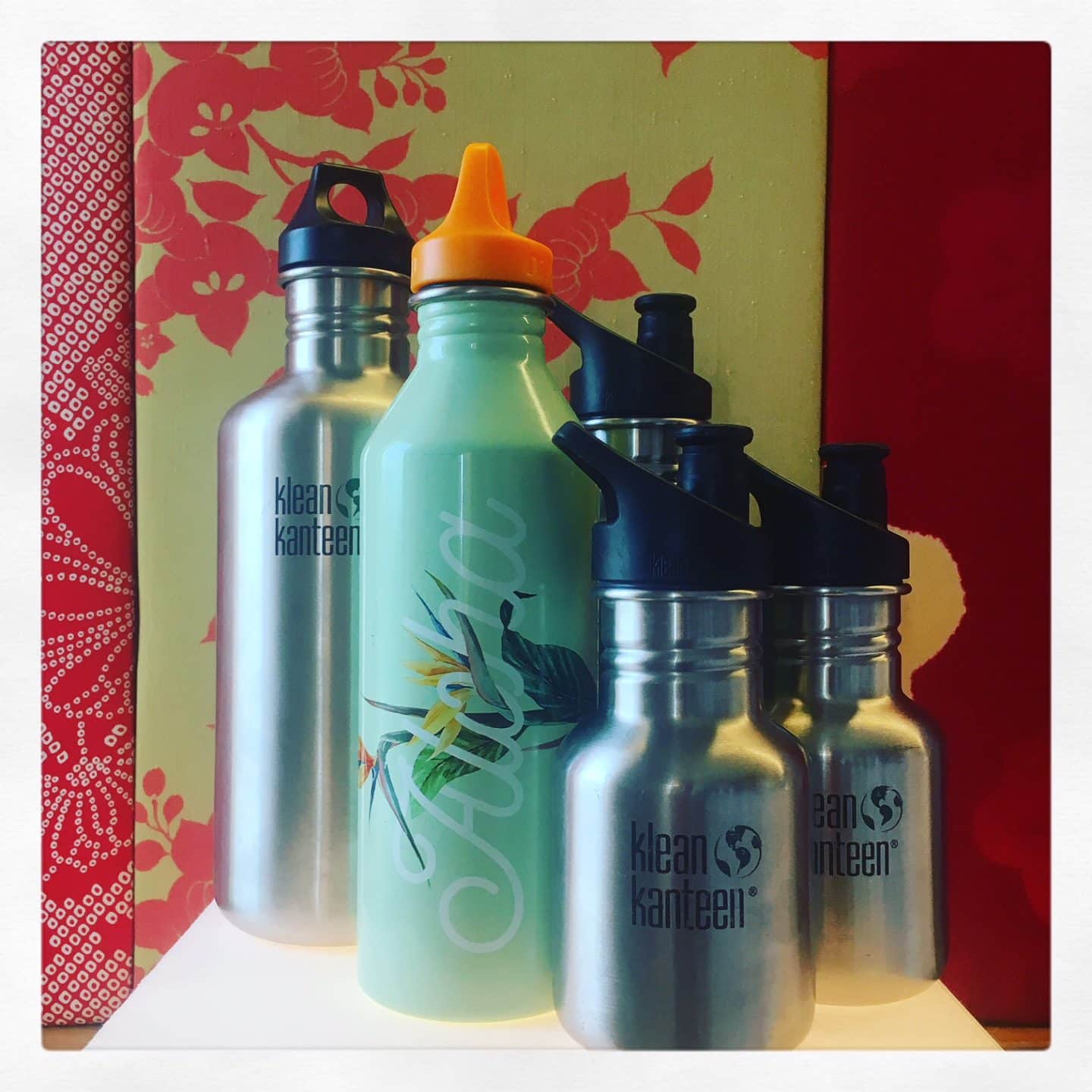
Flight
Here is where it gets a little trickier to really avoid all waste, as airplane meals always have plastic packaging and will be discarded anyway when not eaten. However, on the drinks you can limit your waste by drinking straight from the can for sodas, using your own water bottle and coffee tumbler or even using the same plastic cup twice if you order the same drink. Every little bit helps!
Food waste can be limited by offering untouched items to your neighbor – KLM suggested this on their meal packaging and I thought it was a great idea!
Lastly, and this sounds mean but I promise you my kids have survived this: I often refuse airline gifts. As we travel with the same airline a lot, or at least for the return flight, they often receive the same stuff and to be honest: no one really needs that many soft toy airplanes or pencil cases.
Hotel stay
During our stay in hotels, we use our own toiletries in refillable (mini) containers rather than the hotels’. As I’ve been working on reducing chemicals in our household (like SLA and parabens), most of the products I use are solid, like my deodorant, body butter and face & body soap. Being solid is easier to bring on small trips where you only have hand luggage.
The only thing I still buy liquid and in plastic, is sunscreen. We use a mineral sunscreen called ‘Kiss my face’ which I buy in the largest container available. Mineral sunscreens don’t harm marine life and corals with the added advantage of no chemicals touching your own skin. I recently read that Hawaii is banning all conventional sunscreens which made my heart very happy! We don’t need much sunscreen anyway actually, as we all wear our UV50 rash guards most of the time, so a bottle usually lasts all summer. If anyone has tried a great mineral sunscreen that doesn’t come in plastic – please let me know!
In hotels, we also opt for new towels and linen every other day rather than daily and we’re careful not to use things that we don’t need to use like disposable slippers.
In some countries it is not safe to drink the tap water. Often hotels have their water filtered in house though and I usually write to the hotel beforehand to ask about this. If not, I find a drinkable water source to refill our bottles, like the big water dispenser in the gym or at the breakfast buffet (belive me – they’ll have it somewhere!) It takes a little planning ahead maybe, but once you’re used to it, it will be second nature to find clean water sources.

When checking out, check if it is a possibility to have the bill emailed to you or if it really needs to be printed at least refuse the envelope.
Holiday-ing!
During your stay in the beautiful place you chose for your vacation, there are plenty of little things you can do to minimize your impact on the environment.
When choosing transportation, try to choose the one with the least impact, like a hybrid car, or bikes or public transport. When on tours or in museums, consider if you really need the brochure, or could you just look it up online or take a picture of the information you need?
When eating, try local and seasonal food (vegetarian or vegan to eliminate agricultural waste and save animal lives, if you’re into that), explore markets for unpackaged fruits and vegetables and eat in with reusables where possible. Eat ice cream in a cone instead of a plastic cup, drink your espresso in a cup standing at the bar Italian style – you get my gist!
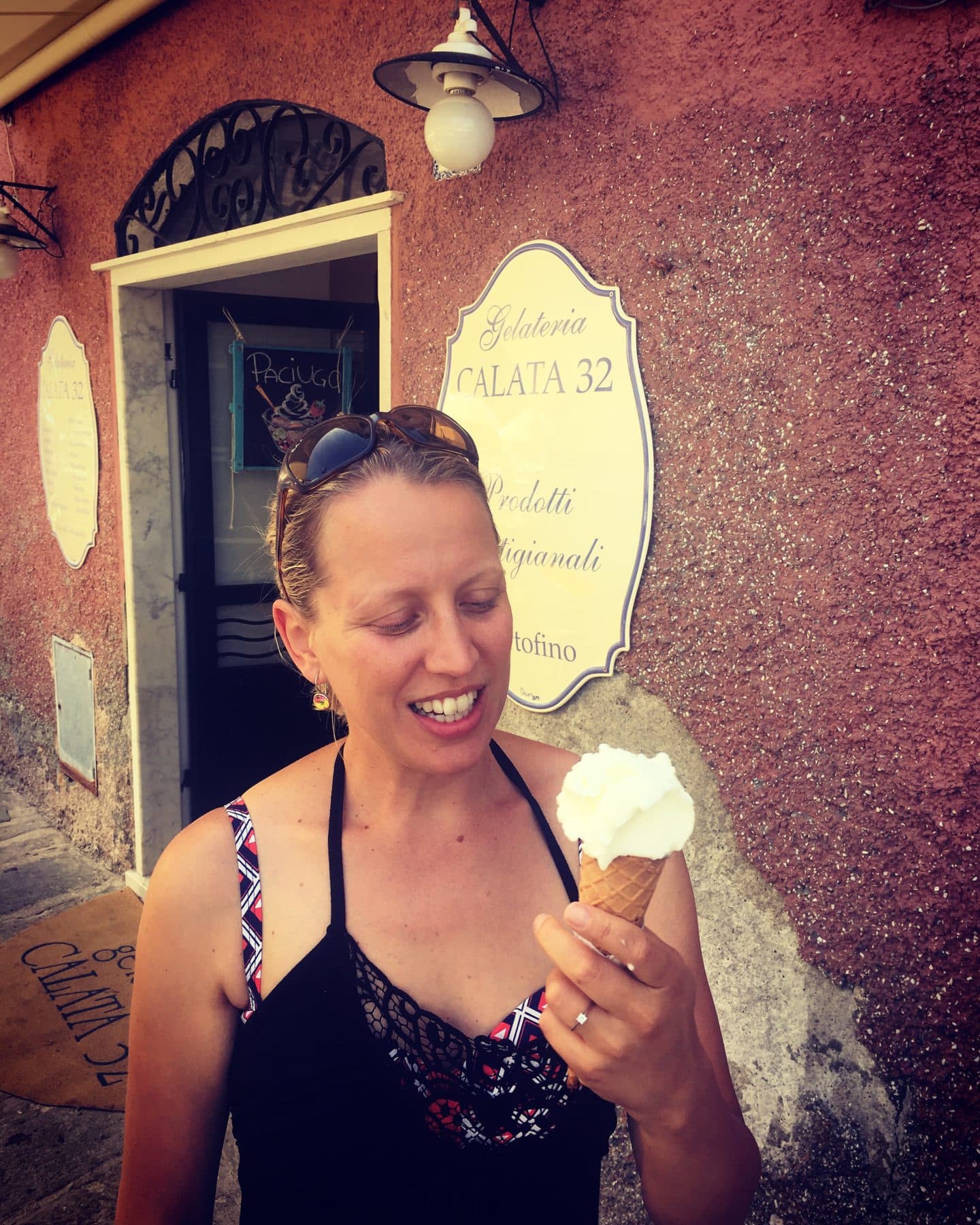
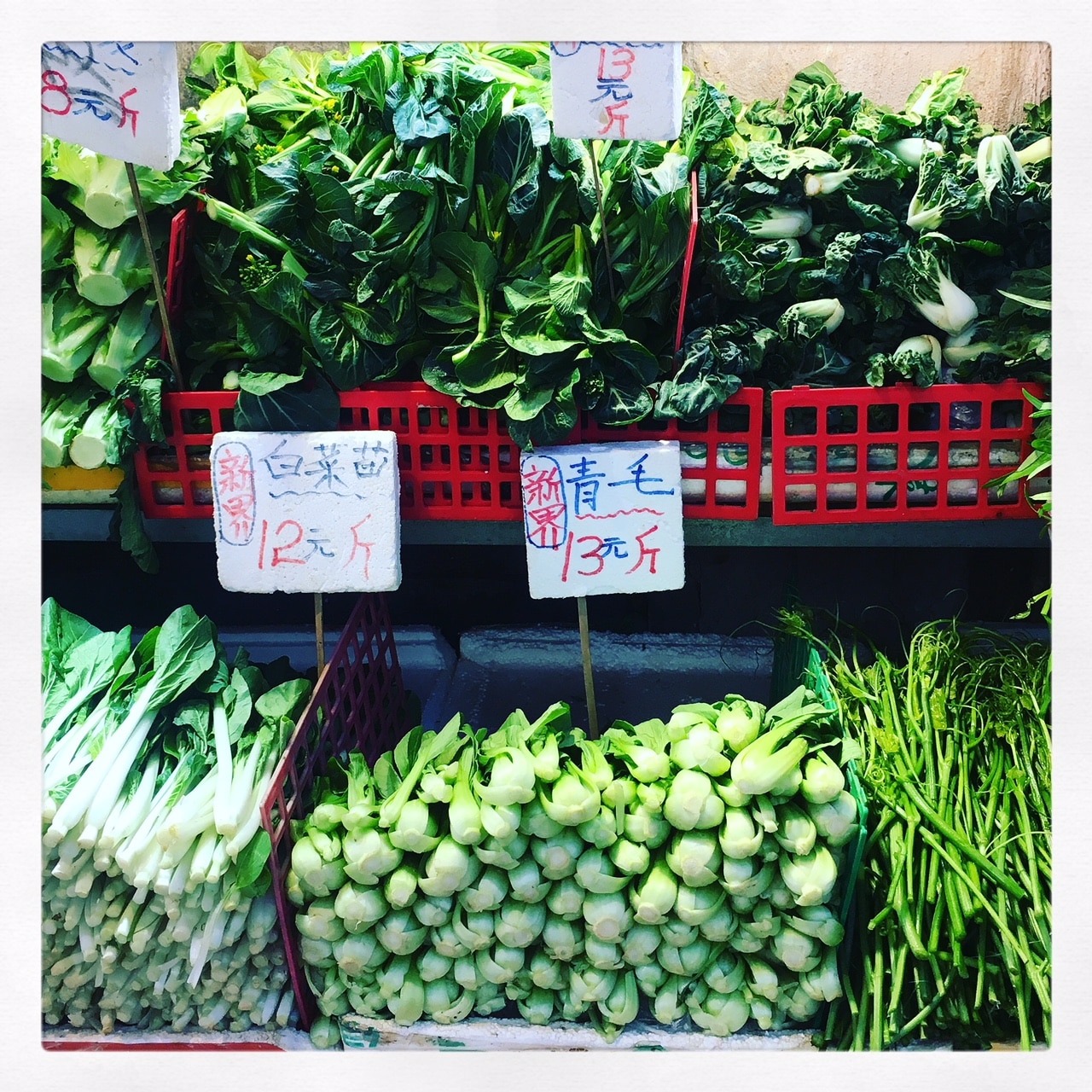
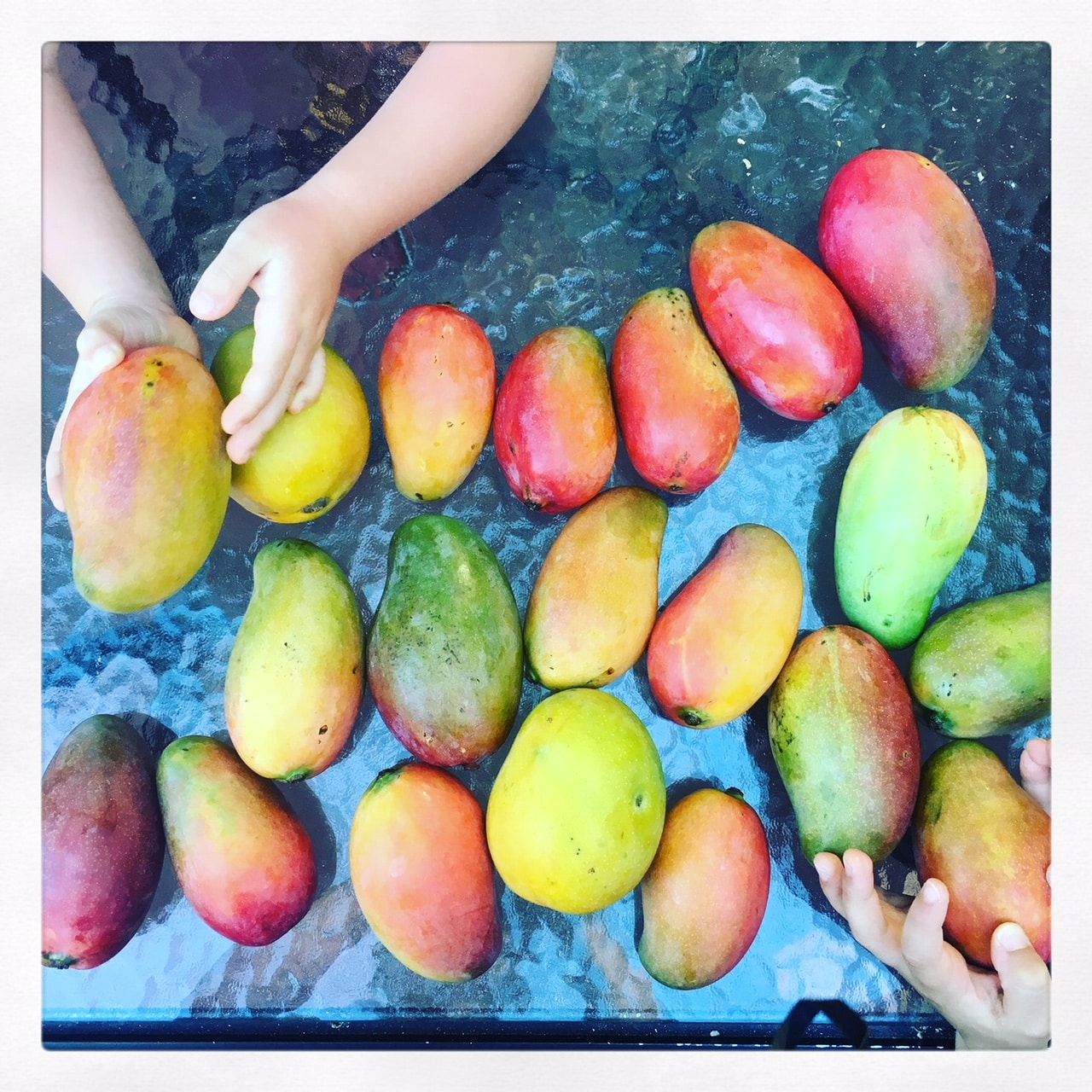
When buying souvenirs, consider if you really need it / will appreciate it at home and if you do, choose plastic free, second hand (think French brocante markets) or artisanal & local made items.
We always do some clean ups, whether at the beach or in the hotel surroundings. A 2 minute clean up really doesn’t take a lot of your time and leaves you and your kids with a feeling of accomplishment. We often take pictures of the clean ups we do and post them on the facebook pages of tourism boards, the hotel or the town. I also use instagram hashtags (#passonplastic #plasticfreejuly #saynotoplastic) to get exposure, trying to encourage others to do the same and at the same time raise awareness of plastic pollution. A visual is a powerful tool! Don’t hesitate to send suggestions to the hotel or place you’re staying at to become more environmentally friendly if you have a few minutes.
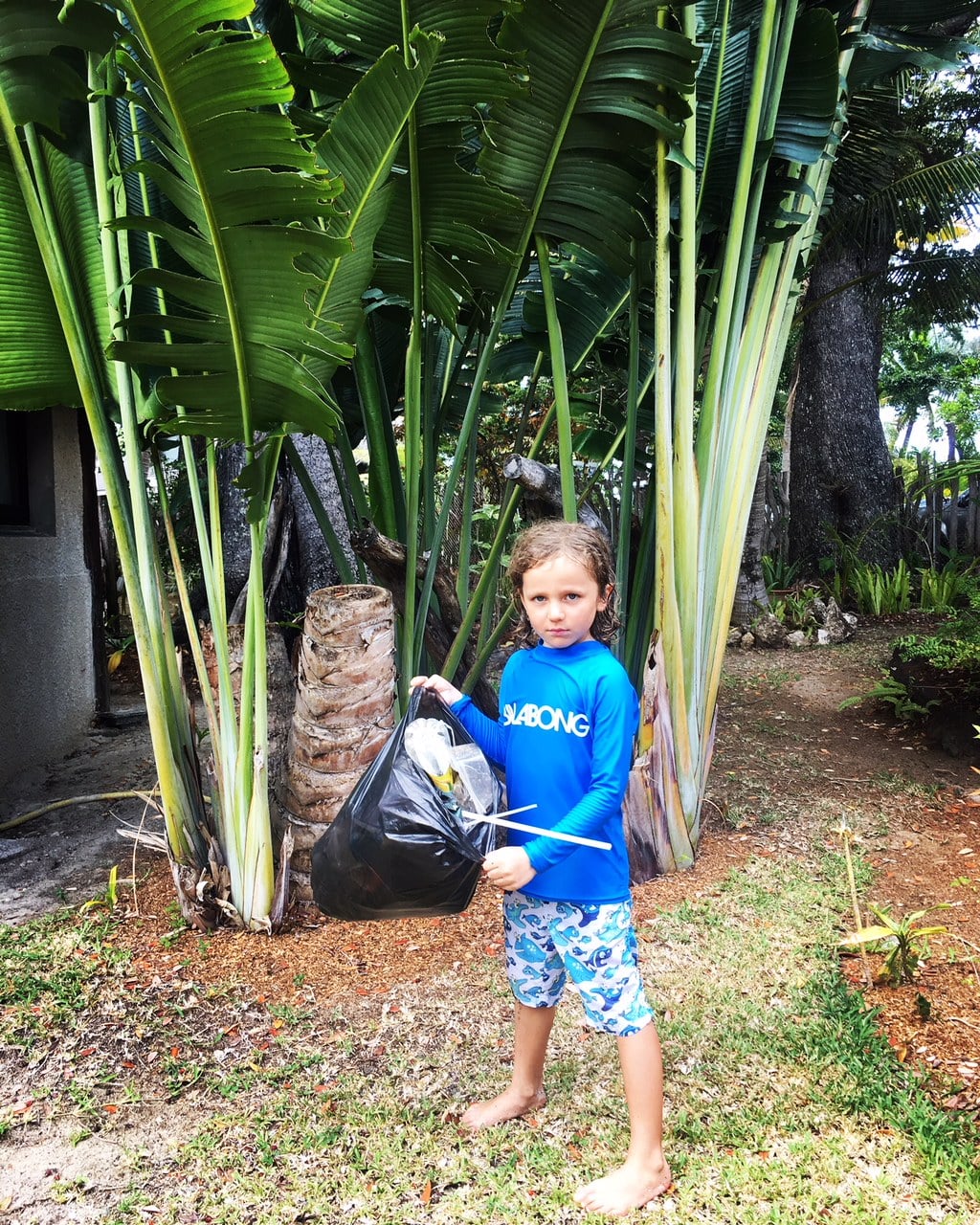
Souvenirs from Japan
Some additional ideas for souvenirs to bring with you from Japan – it is so tempting to go to Daiso and load up on tacky plastic items but we all know that they don’t last!
Again, here I often choose second hand gifts, that I source from Tempel antique markets (think sake cups, rice bowls, kokeshi dolls, woodblock prints).
For new items, I love going to Kappabashi and choosing china or traditional bamboo bento boxes. I always bring furoshiki to wrap my purchases in the shop to avoid plastic. That said – furoshiki itself also make great gifts. In Fukushima some farmers affected by the tsunami and following disaster are now growing cotton (which is of course checked and made sure it is safe!) and I love buying these to support them (Lush sells them).
Handmade items are also always a huge success with my family and friends, like Bikudesigns’ jewelry (website here) or Ecohachi livings’ beeswax wraps (Instagram link here) made of Japanese cotton.
Of course, Daiso does have some nice items that are not plastic that I stock up on to hand out to nieces and nephews, you just have to really look for them. Last month, I bought big coloring sheets of Tokyo and Kyoto, in a carton flat box. The perfect 100yen gift!
I truly hope some of the ideas mentioned above are inspiring you to think about what you can do more to leave behind less. I love that saying about how many ripples can cause a wave and I truly believe that! Every step you take towards using less plastic and creating less waste, will be appreciated by our children in the future!
Have a great summer!!
Lin
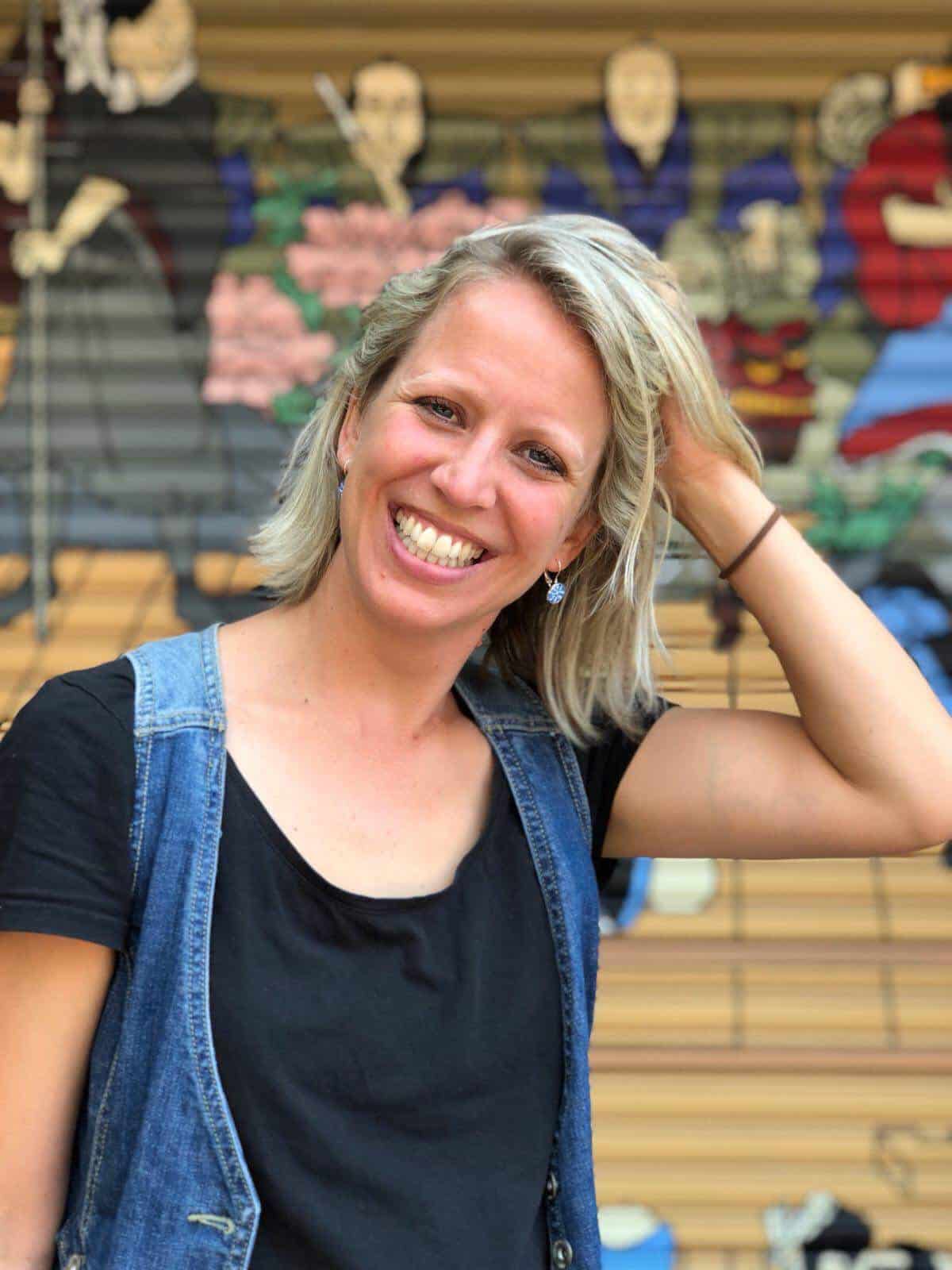
Lin de Leeuwerk has been working and living in several countries since 2006 with her hospitality husband.
They currently reside in Japan with their 3 kids, aged 2, 4 and 6.
Lin is a freelance photographer (ByLin Photography & for Travelshoot) and is transitioning her family to a plant-based and zero waste lifestyle. Next month she will move to Kyoto.
I recommend also following Lin on instagram @healthyexpatmama
If you enjoyed reading Lin’s Zero Waste Traveling Tips you may also like to read my zero waste suggestions for life in Japan (including some Japanese phrases to help you get your message across) – click here to read.
Would you also like to guest post for The Tokyo Chapter? Please send me an email at contactjoatthetokyochapter@gmail.com
I love connecting with other bloggers and I also love content that is either outside of my own realm or just helping someone get their message and info out into the world.

